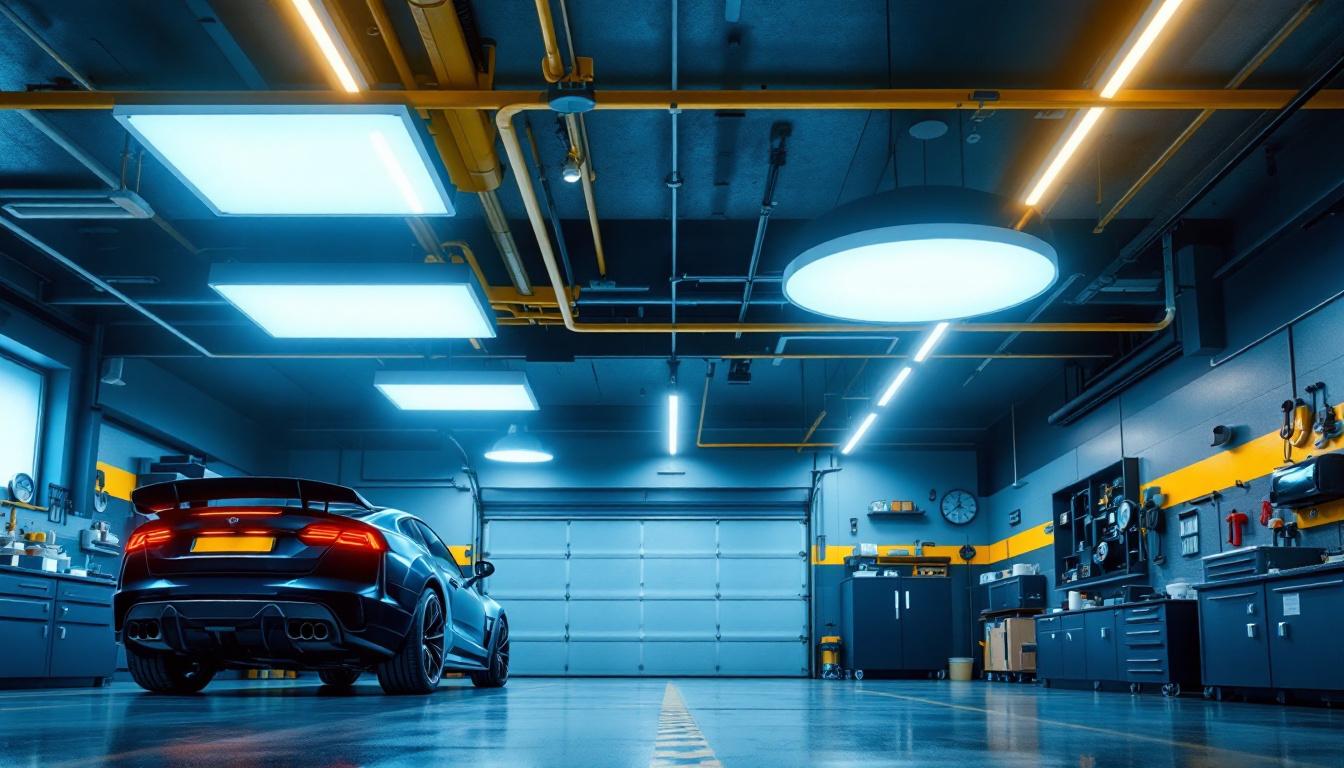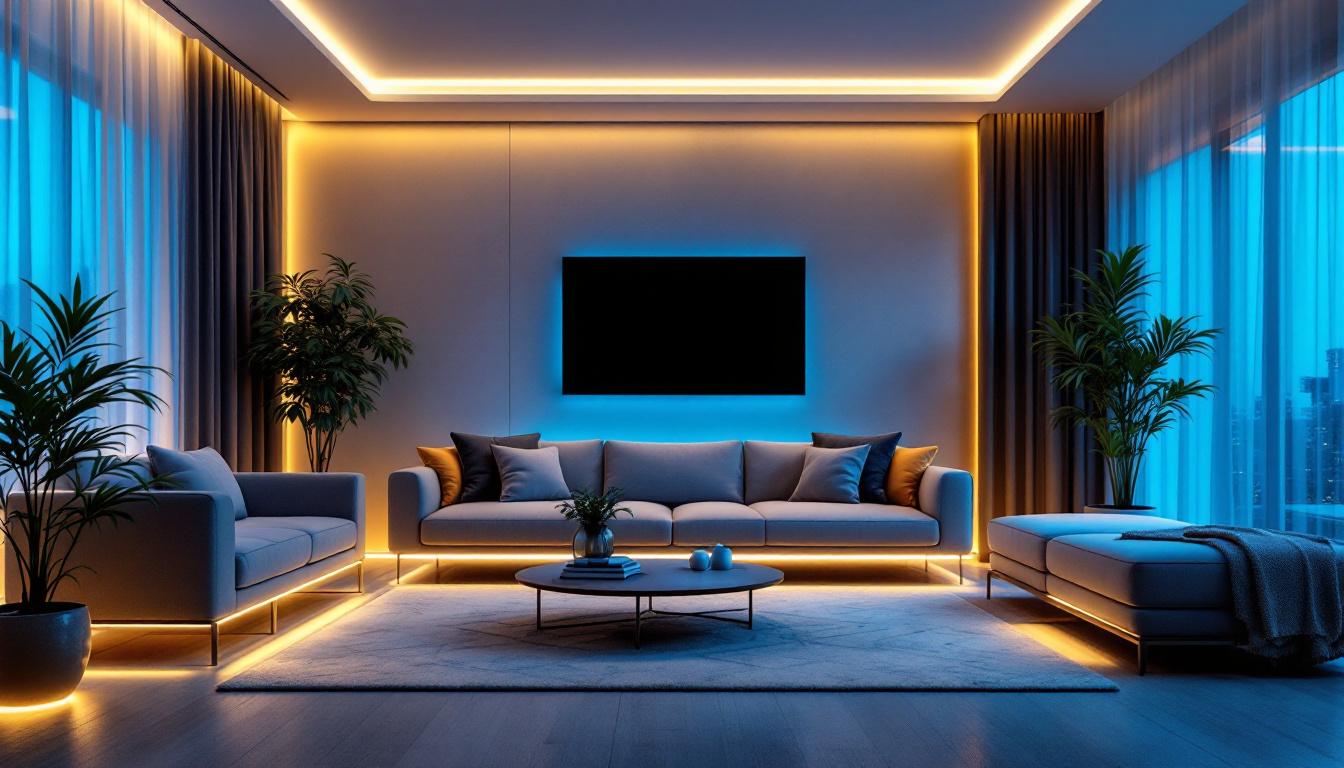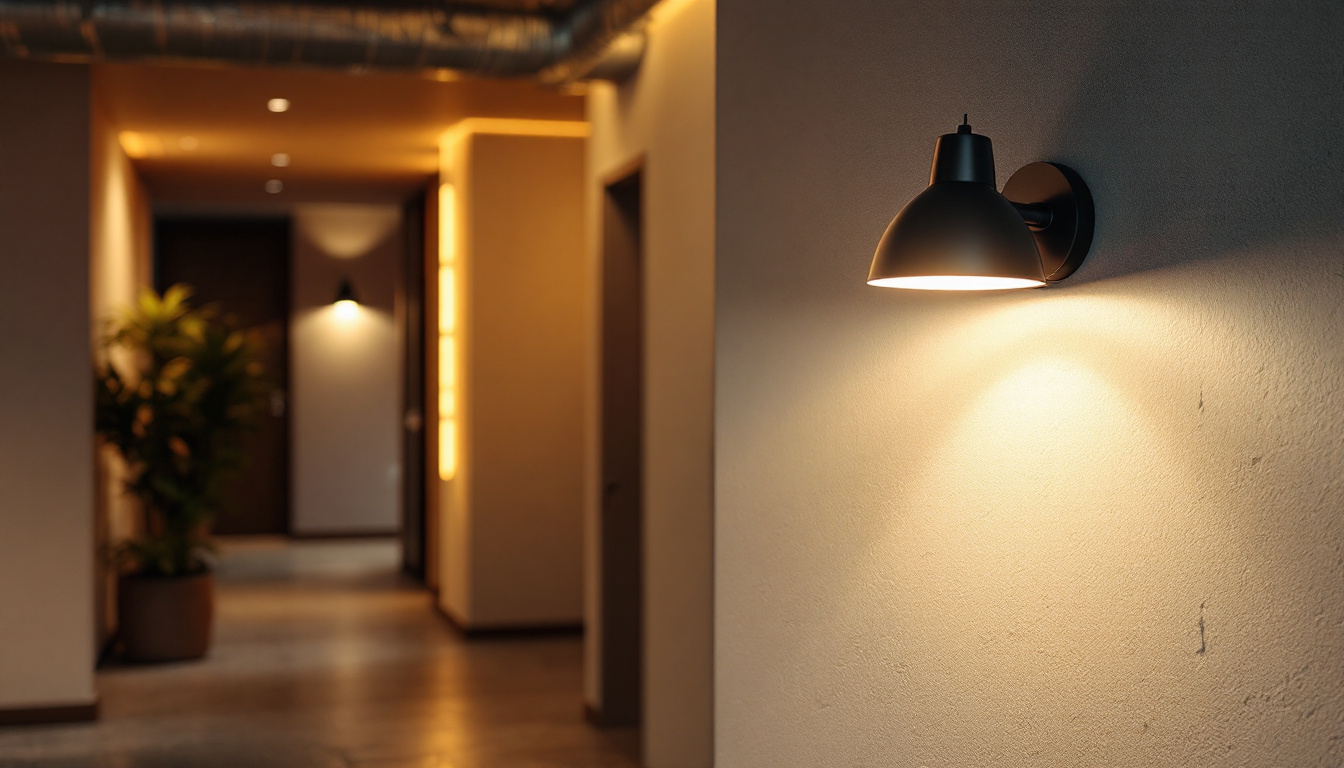
Garage spaces have evolved significantly from simple storage areas to multifunctional zones that serve as workshops, hobby rooms, or even home gyms. This transformation has placed a new emphasis on the importance of effective lighting solutions. Garage ceiling fixtures play a pivotal role in ensuring that these spaces are not only well-lit but also energy-efficient, safe, and adaptable to various activities.
For lighting contractors, understanding the nuances of garage ceiling fixtures is essential. The right lighting setup can enhance visibility, reduce energy costs, and improve the overall utility of the garage. This article explores the critical aspects of garage ceiling fixtures, focusing on their role in modern lighting solutions tailored to the unique demands of garage environments.
One of the most popular types of garage ceiling fixtures is the LED panel light, which offers a sleek design and uniform illumination. These fixtures are particularly advantageous in larger garages, where shadows can hinder visibility. Additionally, LED technology is known for its longevity and energy efficiency, making it a cost-effective choice for homeowners looking to reduce their electricity bills while maintaining a bright and inviting space. Furthermore, many LED fixtures come with adjustable brightness settings, allowing users to customize the lighting according to the specific task at hand, whether it’s detailed work on a vehicle or a casual workout session.
Another important consideration in garage lighting is the incorporation of motion sensors. These sensors not only enhance convenience by automatically turning lights on when someone enters the garage, but they also contribute to energy savings by ensuring that lights are not left on unnecessarily. This feature is particularly beneficial in garages that are frequently accessed, as it eliminates the need to fumble for switches while carrying tools or equipment. Moreover, integrating smart lighting solutions can elevate the functionality of garage spaces even further, allowing homeowners to control their lighting remotely via smartphone apps, set schedules, or even sync with other smart home devices for a cohesive living experience.
Garages present distinct challenges compared to other residential or commercial spaces. The lighting must accommodate a wide range of activities—from parking vehicles and performing mechanical work to organizing storage and conducting detailed tasks like woodworking or electronics repair. This diversity requires adaptable lighting solutions that provide both general illumination and task-specific brightness. For instance, overhead fixtures can offer broad coverage, while under-cabinet lights or portable work lamps can be employed for focused tasks. The ability to adjust the brightness or color temperature can also enhance the functionality of the space, allowing users to create the right ambiance for different activities.
Additionally, garages often have limited natural light, making artificial lighting the primary source of illumination. The presence of reflective surfaces such as concrete floors and metal tools can cause glare if fixtures are not properly selected and positioned. Contractors must consider these factors to avoid eye strain and ensure safety. Utilizing diffused lighting or fixtures with adjustable angles can help mitigate glare, creating a more comfortable working environment. Furthermore, incorporating motion sensors can enhance convenience, automatically illuminating the space when someone enters, which is particularly useful when hands are full or when visibility is low.
Garages are prone to temperature fluctuations, humidity, dust, and sometimes exposure to chemicals or oils. Lighting fixtures installed on garage ceilings need to be robust and resistant to these conditions. Moisture-resistant and dustproof fixtures with appropriate ingress protection (IP) ratings are often necessary to maintain longevity and performance. For example, LED fixtures with high IP ratings can withstand the rigors of a garage environment while providing energy-efficient lighting solutions. Additionally, the use of durable materials such as polycarbonate or tempered glass can further enhance the lifespan of the fixtures, ensuring they remain functional despite the wear and tear typical of garage settings.
Moreover, the fixtures must comply with local building codes and safety standards, which may mandate specific types of lighting for garages, especially if the space doubles as a workspace or is attached to the home. It’s essential to consider energy efficiency as well, as garages can consume a significant amount of electricity if not properly managed. Installing LED lighting not only meets safety requirements but also reduces energy costs over time. Furthermore, integrating smart lighting systems can provide homeowners with the ability to monitor and control their garage lighting remotely, adding an extra layer of convenience and efficiency to their garage setup.
LED panel lights have become a popular choice for garage ceilings due to their slim profile, energy efficiency, and ability to provide uniform illumination. These fixtures distribute light evenly across the space, minimizing shadows and creating a bright, comfortable environment.
For contractors, LED panels offer the advantage of easy installation and compatibility with dimmers and smart controls. Their long lifespan reduces maintenance needs, which is particularly beneficial in garages where changing bulbs can be cumbersome.
Although LED technology is rapidly supplanting fluorescent lighting, tube fixtures remain common in many garages due to their affordability and widespread availability. Fluorescent tubes provide bright, diffuse light suitable for general illumination.
However, they have certain drawbacks, such as flickering, slower start times in cold environments, and higher energy consumption compared to LEDs. Lighting contractors must weigh these factors when recommending solutions, especially for clients prioritizing energy efficiency and environmental impact.
In garages with high ceilings or commercial-style layouts, high bay and low bay fixtures are effective options. High bay fixtures are designed for spaces with ceilings typically above 15 feet, providing intense, focused light over a wide area. Low bay fixtures suit ceilings between 12 and 20 feet, offering a balance between brightness and coverage.
These fixtures often use LED technology and are ideal for large garages or workshop areas where detailed work requires ample illumination. Their rugged construction also suits environments exposed to dust and vibration.
For garages that double as workshops or hobby spaces, recessed lighting and adjustable spotlights can enhance task lighting. Recessed fixtures provide clean, unobtrusive illumination, while spotlights can be directed to specific work areas or storage zones.
Contractors should consider the layout and ceiling type when recommending recessed or spotlight fixtures, ensuring that wiring and mounting options are feasible and compliant with safety regulations.
Energy efficiency is a critical consideration for modern lighting solutions. Garages often have lights on for extended periods, especially when used as workspaces, making energy consumption a significant factor in operational costs.
LED fixtures, in particular, offer substantial energy savings—often consuming up to 75% less power than traditional incandescent or fluorescent lighting. Their reduced heat output also contributes to a more comfortable environment and lowers cooling costs in attached garages.
Integrating smart lighting controls into garage ceiling fixtures enhances functionality and convenience. Motion sensors, daylight harvesting systems, and programmable timers can optimize lighting usage, ensuring lights are only on when needed.
For lighting contractors, offering smart solutions can differentiate services and provide clients with modern, user-friendly systems. Voice control compatibility and smartphone apps add layers of customization, allowing users to adjust brightness, color temperature, and schedules remotely.
Effective lighting depends heavily on proper fixture placement. Lighting contractors must assess the garage layout, ceiling height, and intended use areas to determine optimal fixture spacing and orientation. Uniform light distribution reduces shadows and glare, enhancing safety and usability.
Wiring should comply with electrical codes, using appropriate gauge cables and secure connections. In garages, it is crucial to protect wiring from physical damage and moisture exposure, often requiring conduit or specialized cable types.
Garage lighting installations must adhere to local electrical and building codes, which may specify fixture types, mounting heights, and emergency lighting requirements. Using fixtures with appropriate certifications (such as UL or ETL listings) ensures compliance and reduces liability.
Contractors should also consider fire safety, especially when installing fixtures near flammable materials or in enclosed spaces. Proper ventilation and heat dissipation features in fixtures help mitigate risks.
LED technology continues to advance, offering higher lumen outputs, improved color rendering indexes (CRI), and greater energy efficiency. These improvements allow for more natural and vibrant lighting, which is particularly beneficial in garages where accurate color perception is important for tasks like painting or automotive work.
New form factors, such as flexible LED strips and modular panels, provide contractors with versatile options to customize lighting layouts according to client needs.
As sustainability becomes a priority, integrating garage lighting with renewable energy sources like solar panels is gaining traction. Energy-efficient LED fixtures combined with solar power and battery storage can create self-sufficient lighting systems, reducing reliance on the grid and lowering carbon footprints.
Lighting contractors working in regions with incentives for green building practices can leverage these trends to offer value-added services and meet growing client demand for eco-friendly solutions.
Garage ceiling fixtures are more than just sources of light; they are integral components of modern lighting solutions that enhance functionality, safety, and energy efficiency. For lighting contractors, mastering the selection, installation, and integration of these fixtures is crucial to delivering high-quality, tailored lighting systems that meet the evolving needs of garage spaces.
By staying informed about the latest technologies, adhering to best practices, and considering the unique environmental challenges of garages, contractors can provide solutions that improve user experience and add lasting value to residential and commercial properties alike.
Ready to elevate your lighting game? At LumenWholesale, we provide lighting contractors with the superior, spec-grade garage ceiling fixtures you need to illuminate any space effectively. Our commitment to quality and affordability ensures you get the best value on the market. Say goodbye to middlemen and inflated prices, and hello to a vast selection of reliable lighting solutions with free shipping on bulk orders. Transform your lighting projects with the efficiency and convenience that only LumenWholesale can offer. Wholesale Lighting at the Best Value is just a click away.

Discover how soft white LED tape light is revolutionizing the lighting industry with energy efficiency, versatile design, and cost savings—transform your space today!.

Discover how lighting contractors can enhance efficiency and client satisfaction with innovative basement light fixtures.

Discover essential compliance guidelines and crucial insights for lighting contractors regarding electrical outlet power.

Discover how the best landscape lighting can give lighting contractors a competitive edge.